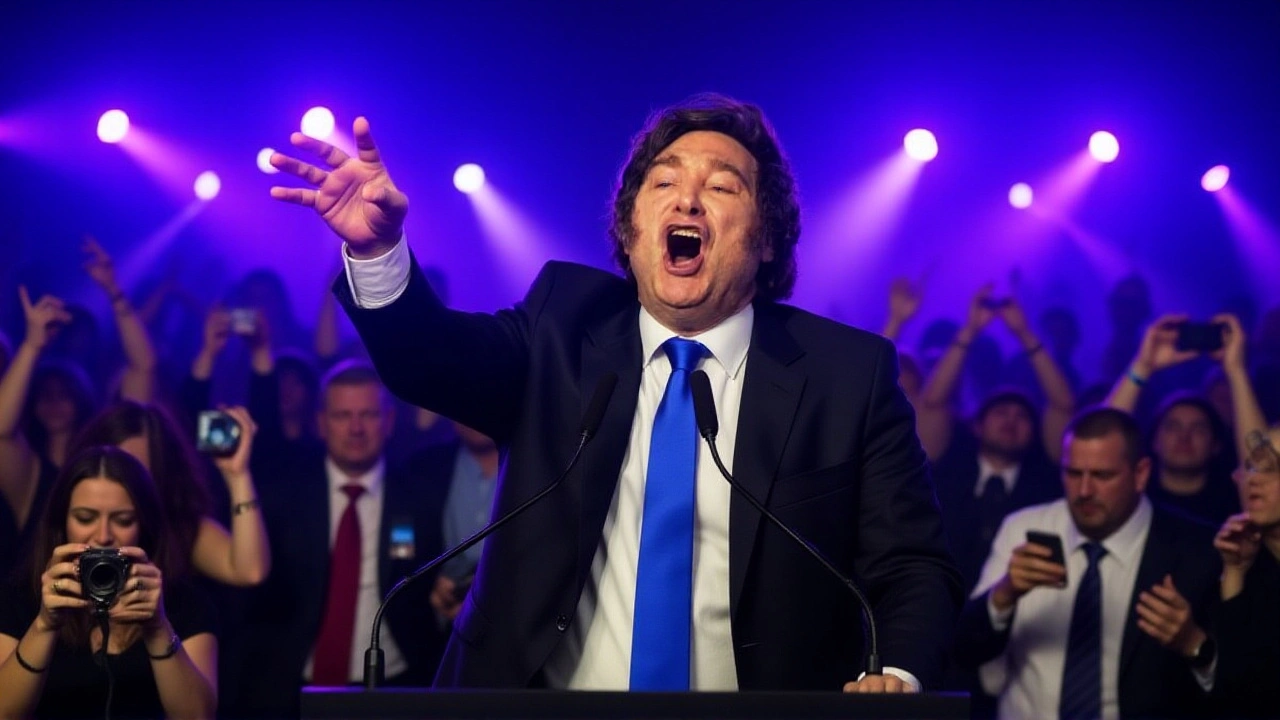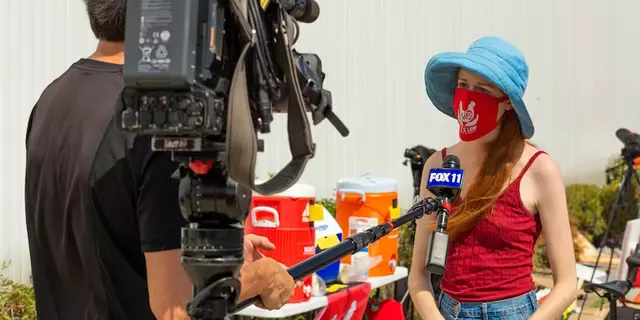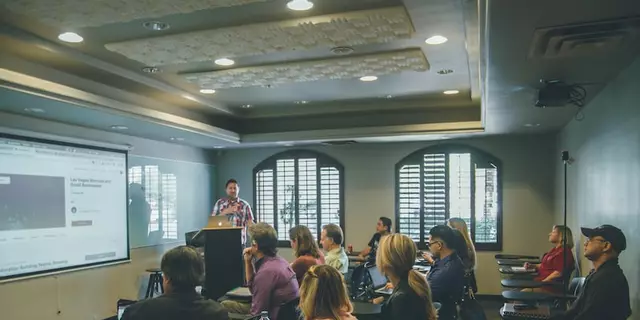When Javier Milei took the presidential oath in December 2023, few believed he’d survive his first year—let alone win a landslide in his first midterm. But on Sunday, October 26, 2025, his party, La Libertad Avanza, crushed the competition, capturing 41.0% of the national vote with 92% of ballots counted. The result isn’t just a win—it’s a mandate. And it’s reshaping Argentina’s political future overnight.
A Mandate Forged in Economic Anger
Argentina’s midterm elections, held under compulsory voting for citizens aged 18 to 70, determined half the seats in the Chamber of Deputies and one-third of the Senate. Polls opened at 8 a.m. local time across all 23 provinces and Buenos Aires, closing at 6 p.m. The turnout was high—not because of enthusiasm, but because voting is legally required. And when the dust settled, La Libertad Avanza had nearly doubled its previous 22-seat tally in the 257-member chamber. It now holds 130 seats. The opposition coalition Unión por la Patria, led by former Economy Minister Sergio Massa, dropped to 67 seats. Juntos por el Cambio, the center-right bloc once led by Mauricio Macri, holds just 42.Here’s the thing: Milei didn’t win by coalition. He won by conviction. Voters didn’t just reject the old guard—they endorsed his radical vision. And that’s why Manuela Tobias, a Bloomberg markets analyst, called the result “a green light for shock therapy.” In a YouTube analysis posted October 27, 2025, she noted that Milei now has the numbers to push through his Ley Ómnibus without negotiating with rivals. No more backroom deals. No more compromises.
The Agenda: Dollarization, Cuts, and Chaos
Milei’s plan isn’t subtle. He wants to scrap the peso and replace it with the U.S. dollar. He wants to slash 15% from every government budget. He wants to eliminate 17 ministries—education, culture, human rights, even parts of health. And he wants to privatize giants like Aerolíneas Argentinas and YPF, the state oil company.It’s a recipe that terrifies labor unions and public sector workers. But it’s the only thing that’s made middle-class Argentines nod in grim agreement. Inflation hit 289% last year. The peso lost 70% of its value against the dollar in 2024. People are tired of waiting for a “better” version of the same failed policies. Milei didn’t promise gradual change. He promised a clean break. And for now, voters are giving him the hammer.
How He Got Here: A Political Earthquake
This wasn’t an overnight rise. It started in October 2023, when Milei, then a 53-year-old economist with a chainsaw haircut and a penchant for shouting on TV, finished first in the presidential primary with 30%—ahead of Massa and Macri. Neither reached the 45% threshold, so a runoff was forced on November 19, 2023. Milei won by 11 points. Massa, who had spent years trying to stabilize the economy under President Alberto Fernández, conceded immediately. He retired from politics.Fernández, who’d served as president since 2019, issued a rare note of grace: “I value the popular verdict.” Macri, his former rival turned reluctant ally, praised Milei’s “bravery.” Even critics admitted: Argentina had chosen chaos over comfort.
Then came the BRICS pivot. Days after taking office, Milei’s foreign minister, Diana Mondino, announced Argentina was halting its application to join the Russian- and Chinese-led economic bloc. It was a symbolic act—proof that Milei wasn’t just reforming economics. He was realigning foreign policy. Away from Beijing. Toward Washington.

What Happens Next?
The new Congress takes office on December 10, 2025. Experts say Milei’s team will introduce the Ley Ómnibus within 30 days. If passed, it could trigger a 25% appreciation of the peso against the dollar—and cut inflation to around 274% in 2026. That’s still high. But it’s a 15-point drop from today’s levels.But here’s the twist: Milei’s coalition doesn’t control the Senate. That means his most controversial measures—like constitutional changes to lock in dollarization—still need opposition support. And the Senate is where the old parties still hold sway. So while Milei can move fast on spending cuts and privatizations, deeper reforms may stall.
Meanwhile, protests are already brewing. Teachers, nurses, and public transit workers are organizing. In Córdoba and Mendoza, where gubernatorial races were also held, local results suggest the backlash may be stronger than the national numbers show. The real test isn’t just legislation—it’s whether the streets stay quiet.
The Bigger Picture: Argentina’s Last Chance?
This isn’t just about one president. It’s about whether a country can break free from decades of boom-bust cycles, currency collapses, and political corruption. Milei’s victory suggests many Argentines believe radical surgery is better than slow decay. But history shows such reforms often hurt the poor first—and the middle class second.What’s different this time? The population is younger, angrier, and more digitally connected. They’ve watched their parents lose savings. They’ve seen their teachers go unpaid. They’ve seen inflation erase birthdays, weddings, and college funds. Milei didn’t win because he’s charismatic. He won because he named the disease—and promised a cure, even if it killed the patient first.
One thing’s certain: Argentina’s next two years won’t be boring.
Frequently Asked Questions
How does this affect everyday Argentines?
For many, the immediate impact will be pain: public sector layoffs, subsidy cuts, and utility price hikes. But supporters argue that dollarization could finally end hyperinflation, restoring purchasing power. A 25% peso appreciation could make imported goods cheaper—phones, medicine, fuel—but only if wages keep pace. So far, real incomes have dropped 30% since 2023.
What’s the risk of economic collapse?
The biggest danger is a liquidity crisis. If banks and businesses lose confidence in the transition, capital flight could spike. Argentina’s central bank holds only $3 billion in reserves—barely enough to cover three weeks of imports. Milei’s team plans to use foreign debt and IMF support to bridge the gap, but lenders are wary. A failed rollout could trigger a deeper recession.
Why did voters ignore the opposition’s warnings?
Because the warnings sounded like excuses. Massa and the Peronists spent years promising stability while inflation soared past 200%. Voters didn’t see a plan—they saw the same elites blaming each other. Milei, for all his extremism, offered a clear narrative: “The system is broken. I’m not fixing it. I’m burning it down.” That resonated more than any policy memo.
Could Milei run for re-election in 2027?
No—not unless he changes the constitution. Argentina’s president can only serve one consecutive term. But with 130 seats in the Chamber, Milei’s party could push to amend the constitution to allow a second term. That’s already being whispered in conservative circles. If they gain 17 more seats in 2027, the path opens.
How does this compare to other Latin American populist leaders?
Unlike Bolsonaro or Maduro, Milei isn’t attacking institutions—he’s trying to dismantle them to rebuild them. He’s closer to Chile’s 1970s free-market experiment under Pinochet, but without the dictatorship. His power comes from elections, not force. That makes his reforms more sustainable… but also more dangerous if they fail.
What role did social media play in this victory?
Massively. Milei’s YouTube channel, with over 12 million subscribers, became his campaign HQ. He bypassed traditional media entirely, speaking directly to young voters with raw, unfiltered rants about debt, corruption, and the peso. His message spread faster than any TV ad. In 2025, 68% of voters aged 18–30 said they learned about politics mostly from TikTok and YouTube—not newspapers or TV.



